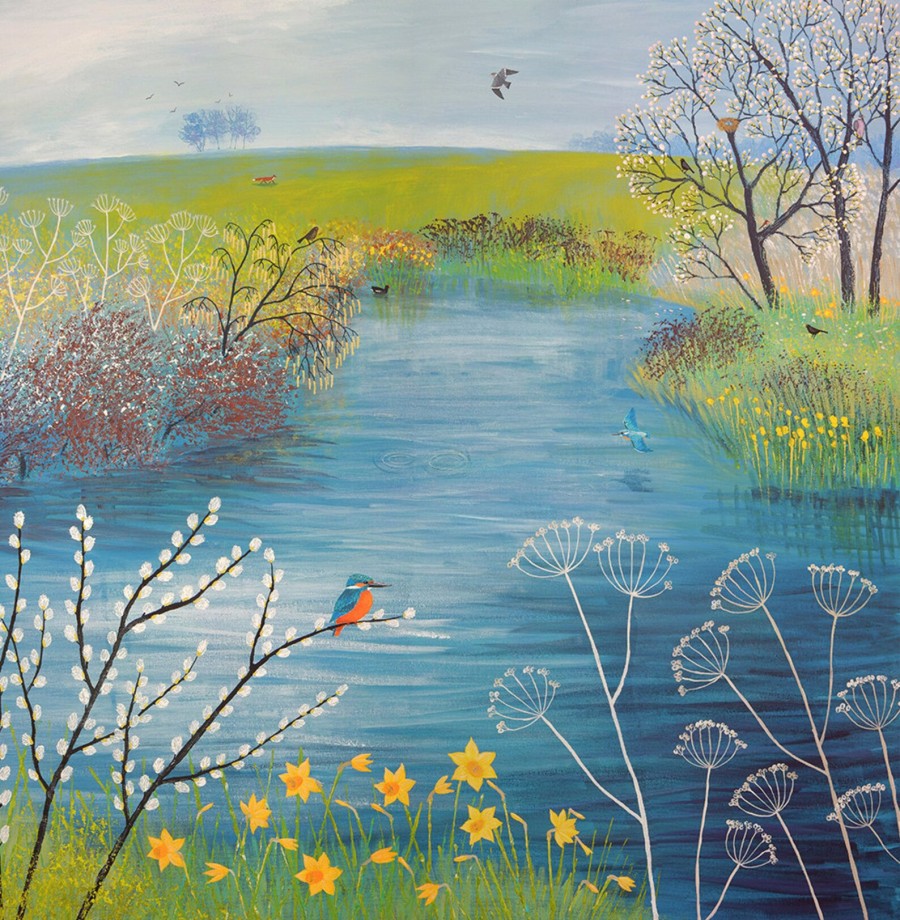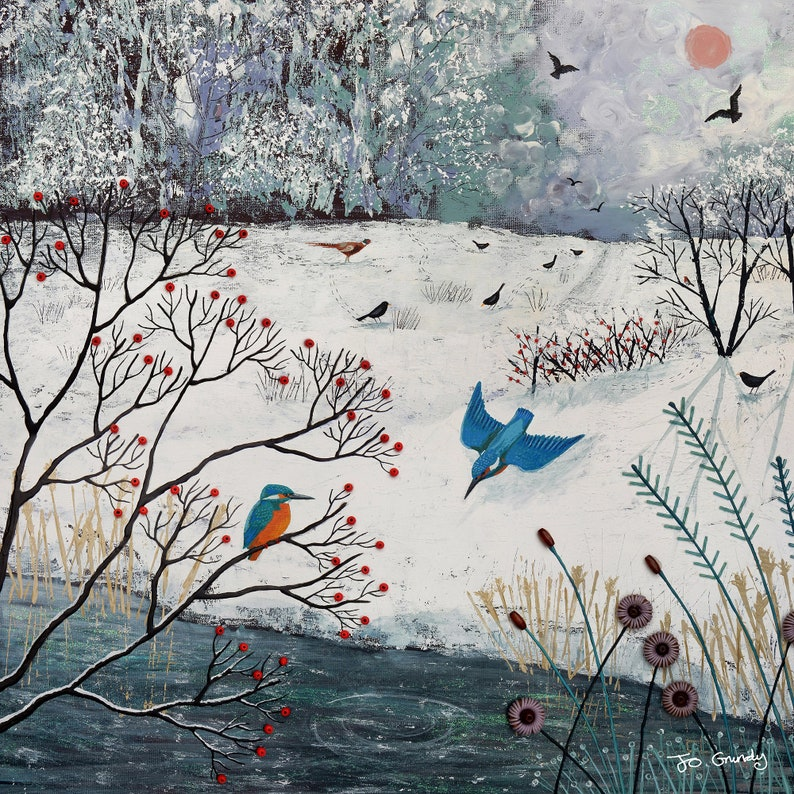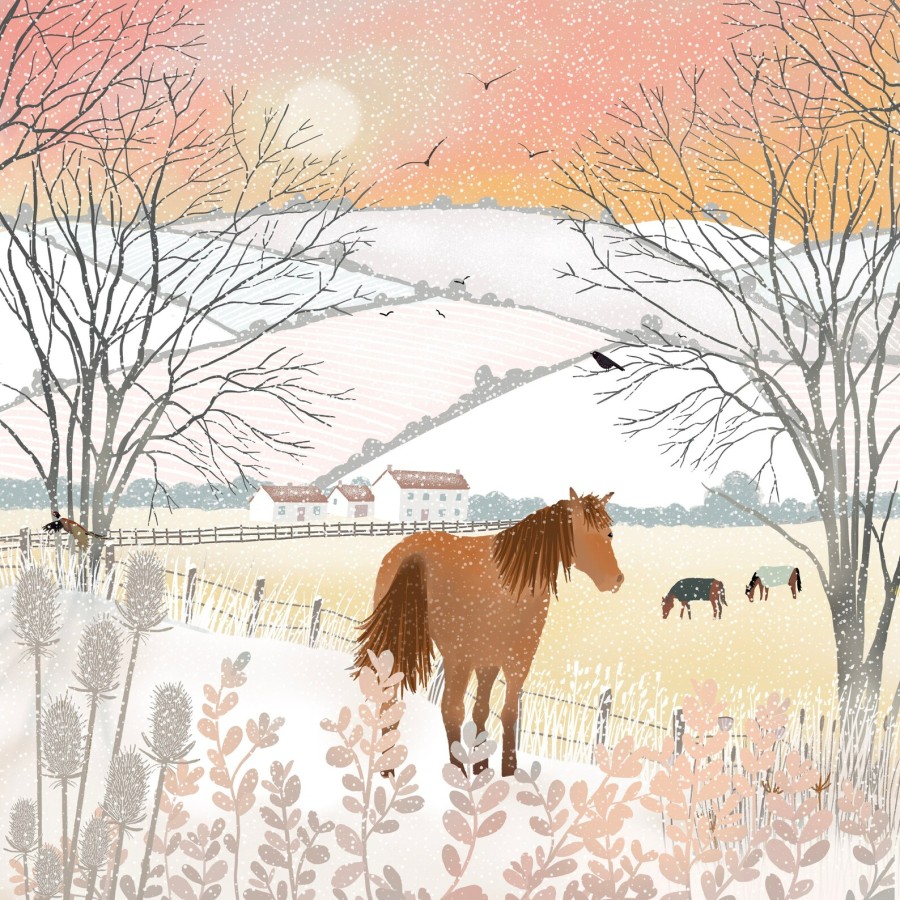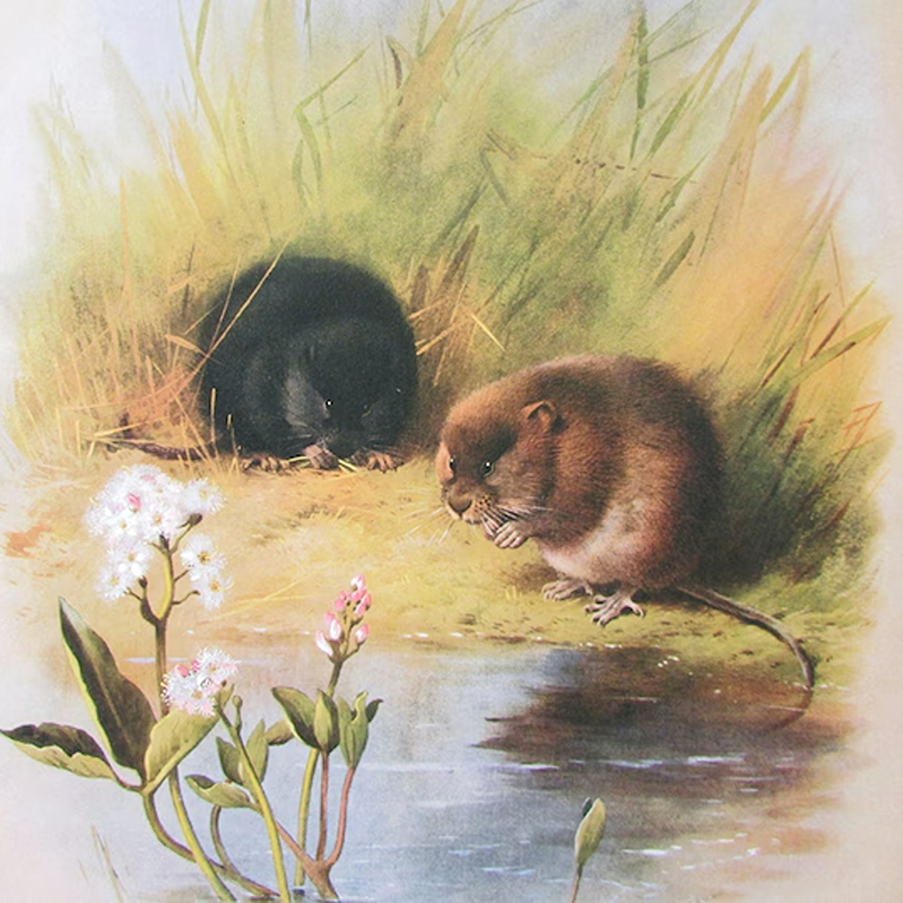
Kingfishers are one of England’s most colourful birds, known for their gorgeous blue and orange plumage. They live by rivers and streams, sitting in wait for their next catch. But it’s rare to see them, as they are so elusive. They are protected under law, so report concerns to the police or CrimeStoppers (anonymous).
Kingfishers are easy to recognise with their bright blue backs and copper-orange breasts (males have black bills, females have orange-red patches on bills). They have a third eyelid to close when hunting underwater, and fused toes to grip fish. Mostly found in East of England and the home counties (it’s more difficult to fish in stormy waters!) sometimes they move elsewhere due to local water pollution or occasionally visit gardens (but mostly only big ones, with streams full of fish or other edible food).
kingfishers don’t build conventional nests

Unlike most birds that make nests, kingfishers makes burrows (or take over old ones), with the parents taking shifts to build unique tunnels at special angles, so eggs don’t roll into the river. One bird-watcher found kingfishers making a tunnel that ‘smelled of rotting rish and coughed-up pellets’ and remarked ‘even the kingfishers seemed to be mildly digusted’, with each parent washing after leaving!
Young kingfishers fledge after around 3 weeks, with most independent within days. But many die due to not being cut out for the tough life of a kingfisher. Ornithologist Paul Stancliffe calls these birds ‘the rock stars of the river’ as most are destined to ‘live fast and die young’.
how we can help beautiful kingfishers
Because kingfishers don’t have much to do with humans, you would think that they were okay. But nature is nature, and in the wild they are risk from mammals and birds of prey, and nearby cats. The best way we can help is simply to keep our rivers and streams clean. This not only helps them but the fish and other creatures that live in them. So take litter home with you, use a funnel to change oil/antifreeze on boats and anglers can use a Monomaster to avoid leaving fishing tackle near riverbanks.
books to learn more about kingfishers
Kingfisher: Encounters in the Wild is by Scottish nature writer Jim Crumley. He writes it’s ‘the quality of their plumage that startles, which is downright sensational – if there is anything more flamboyantly haute couture in all the fauna of the land, I have not seen it’.
Call of the Kingfisher is an enchanting book by a composer and wildlife recordist, who celebrates all wild things that live on a short stretch of Northamptonshire’s River Nene, especially kingfishers. For 40 years, the author has walked beside River Nene (Northamptonshire), a lovely but little-known part of England. For a year, he gave the waterway his time, so the more he saw resident kingfishers and heard their high whistling calls. He also watches forest dawns and dusks, listening to precious songs of nightingales.
meet the Kingfisher’s Aussie cousin!

Although England only has one species of kingfisher, there are 100 species worldwide. The largest is Australia’s kookaburra. Known as ‘the bushman’s clock’, his laugh (which sounds like a human) can be heard for miles! These birds have very different lifestyles, living in family packs, mating for life and living up to 20 years. They eat a more varied diet including snakes and lizards (which they bash against rocks, before swallowing whole). And rather than living near rivers, most live in open lands or in eucalyptus forests. The medium-sized sacred kingfisher lives in mangroves, woodlands, forests and river valleys in the Western Pacific (mostly in Australia and New Zealand).






